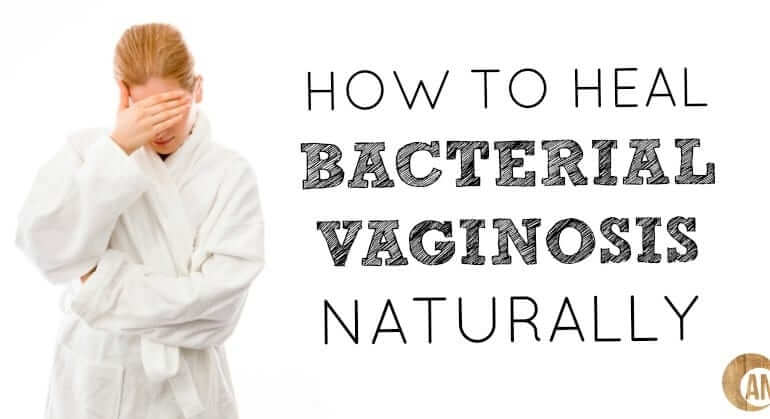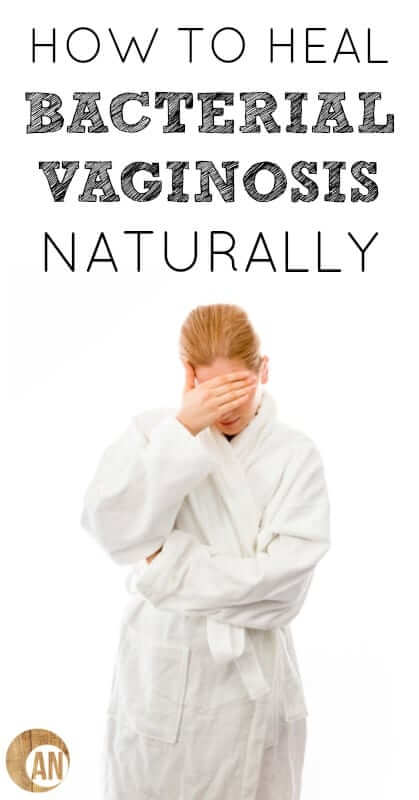
Today I’m going to talk openly about my vagina. It’s a normal part of the human anatomy, like the hand or an ear – so I’m not sure why people are so afraid of it. Some people won’t even say the word vagina. The last article I read on the topic referred to as “my you know what.”
Seriously? Why are people so afraid of vaginas? Why are people so uncomfortable that they can’t even say the word? Well, I’m not. And I’m going to tell you all about how to make your vagina healthy and bring the flora back into balance!
Wtf is bacterial vaginosis?
Bacterial vaginosis, or BV, is the most common infection among women of child bearing age. While not as well known, it’s even more common than a yeast infection. To borrow lingo from Derek Zoolander, it’s really, really ridiculously common.
Studies have shown that approximately 29% of women in the U.S. are affected. Bacterial vaginosis is found in about 25% of pregnant women in the U.S. and approximately 60% of women who have a sexually-transmitted disease (STD). (source)
Considering that 29% of women will be affected by it, it’s a shame that people don’t discuss natural remedies for bacterial vaginosis more often.
BV occurs when the vaginal flora is out of balance and there is more “bad” bacteria than “good” bacteria. The good bacteria keeps the bad bacteria in check, but when this delicate balance is thrown off – that’s BV. Symptoms include a smelly discharge, itching, burning and sometimes there are no symptoms at all.
What causes BV?
Well, no one’s really sure. What causes BV in one woman may not cause BV in another. Here are some common triggers:
- douching
- high sugar diet
- eating junk food/overall unhealthy diet
- poor hygiene
- using soap down there
- tampons
- smoking
- multiple sexual partners
Maintaining an overall healthy diet and lifestyle is your best bet against BV. But most women will develop it at some point or another. After my last pap (which was normal after being diagnosed with cervical dysplasia!) the doctor called to tell me I had a mild case of BV. I wasn’t surprised as I’m prone to it after using tampons (which I’ve been trying to do less).
How To Heal Bacterial Vaginosis Naturally
The first step in healing BV is to not do things that aggravate it. No smoking, no crappy foods, no drinking, no tampons, no douching and don’t use soap on or in your vagina. It upsets the flora and pH. Semen can upset the balance as well, so it can be best to refrain from sex while healing. Focus on a diet high in:
- pastured meats and eggs
- vegetables
- fermented foods
- bone broth
- raw dairy (if you tolerate dairy well)
- healthy fats like grass-fed butter, olive oil and coconut oil
Avoid:
- sugar
- alcohol
- refined foods
- GMOs
- rancid vegetable oils (soy, corn, cotton, canola)
- fruit
When my doctor told me I had BV, she wrote me a prescription for an antibiotic (no, I didn’t take it to the pharmacy). Antibiotics are largely ineffective for BV as they destroy all bacteria, not just bad bacteria. This allows the bad bacteria to proliferate once again after the antibiotics. Not to mention that taking antibiotics for a mild issue like BV is dangerous and can lead to drug resistant super bugs.
Instead of taking an antibiotic, I prefer to take this probiotic. It contains the two prominent strains of beneficial bacteria naturally found in the vagina. This is one of my favorite probiotics for BV (it’s also great for yeast infections, though I don’t think I’ve ever had one) because its efficacy has been clinically tested,
Lactobacilli were detected in more women in the lactobacilli-treated group than in the placebo group at 28 day and 60 day test points. Culture findings confirmed a significant increase in vaginal lactobacilli at day 28 and 60, a significant depletion in yeast at day 28 and a significant reduction in coliforms at day 28, 60 and 90 for lactobacilli-treated subjects versus controls. The combination of probiotic L. rhamnosus GR-1 and L. fermentum RC-14 is not only safe for daily use in healthy women, but it can reduce colonization of the vagina by potential pathogenic bacteria and yeast. (source)
It’s the best probiotic I’ve found to deliver beneficial bacteria to the vaginal tract and bring it back into balance.
While I’m using the probiotic, I also use this suppository to directly repopulate the vaginal tract with beneficial flora. The suppositories contain 10 billion live cells of Lactobacillus rhamnosus and 10 billion live cells of Lactobacillus gasseri, both of which are very effective at treating BV naturally.
These two products combined with an overall healthy diet are a great way to heal BV naturally. It’s always worked for me and I definitely prefer to do this than take antibiotics. Considering that BV is so common, especially among pregnant women, I definitely prefer to first treat it with natural remedies. Of course I’m not saying to ignore your doctor’s advice, but be mindful of antibiotic use. It really should be reserved for dire circumstances, not something as simple and mild as bacterial vaginosis.

© Bruno135 | Dreamstime.com – Young Woman Standing In Bathrobe Covering Her Face With Her Hand Photo
Original article and pictures take ancestral-nutrition.com site
No comments:
Post a Comment